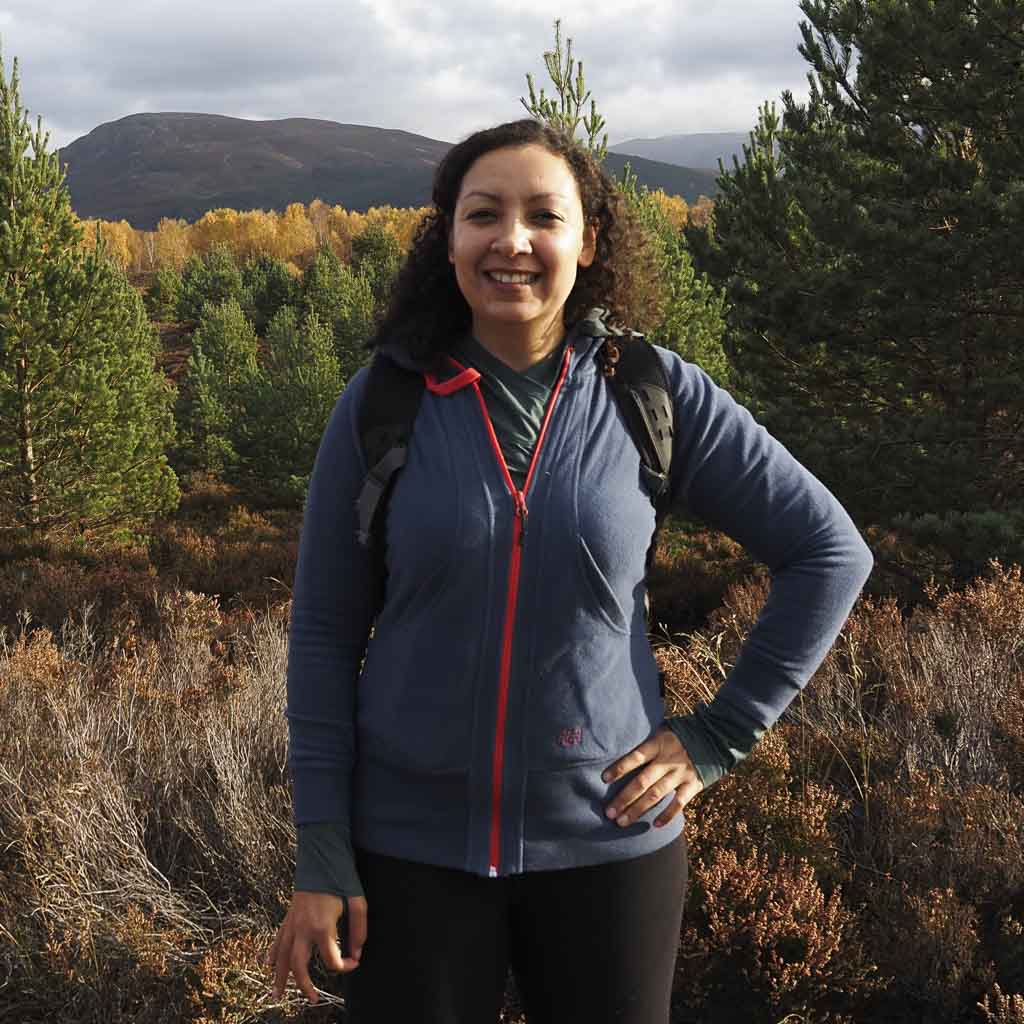
There might be a relatively simple solution to unsustainable travel, according to a new report aimed at destinations: Stop telling people to come.


There might be a relatively simple solution to unsustainable travel, according to a new report aimed at destinations: Stop telling people to come.
A recent study that analyzed how tourism marketing affects climate change has a clear message to destinations around the world: Focus on visitors closer to home, and get them to stay longer. It’s not just for the planet; it’s for your own good, too.
The study, published in Tourism Geographies, looked at marketing efforts from 10 European countries, the US, and Canada. The authors found that 17 percent of visitors—those traveling from furthest away—contribute over 62 percent of the carbon emissions associated with traveling there. For the sake of both the environment and the destinations’ long-term survival, the researchers recommended a shift in the way destinations decide which kinds of travelers to target. While long-haul visitors may bring more dollars in the short-term, long-term climate damage could render these places undesirable—or too expensive—for the same travelers in the future.
“It’s a risk assessment for destination marketers,” co-author Stefan Gössling, of Linnaeus University, told Skift. “Do you then want to invest and become dependent on inbound tourism from distant markets exposed to potential run-ups in the price of long-haul travel?”
While it might stand to reason that travelers coming from further away would spend more time in the destination—and, therefore, more money—the research team also found that there was actually an inverse relationship between distance traveled and time spent in the destination.
One possible explanation for why could be that long-haul travelers—say, those from the US or Australia—want to visit multiple countries when they travel to Europe, so they hop around rather than staying put in one place for the duration of their trip.
“It may also be speculated that long-haul tourists visiting multiple European countries may contribute to additional air travel within Europe, as, for instance, Australians or North Americans will be less familiar with train systems and prefer to rely on air transport when moving between countries within Europe,” the researchers wrote. They pointed to Amsterdam’s Schiphol Airport for its efforts to reduce the number of long-haul flights they accept.
The economics of destination marketing is nuanced, however, says Gergana Nikolova, co-founder of BehaviorSMART. She spent about a decade working on sustainable tourism campaigns across Europe at the Adventure Travel Trade Association, and said that destinations market to specific travelers for an array of reasons. Norway, for example, has found that travelers from North America are more likely to stay longer, spend more money, and visit areas that don’t receive as many short-haul travelers from neighboring countries, she said. So, attracting these kinds of visitors makes sense for them.
Regardless, travelers simply aren’t going to stop traveling to faraway places just because they’re no longer being marketed to, she says. And all the communication in the world will do little to spur people into behaving more responsibly abroad unless it’s made easy for them to do so. A more immediate solution, she says, is for destinations to invest in redesigning traveler experiences so people organically make sustainable choices upon arrival—without necessarily realizing that’s what they’re doing.
“Even if you are the most responsible person on the planet at home, when you go and slip your brain into a leisure mode, you don’t care to save the planet,” she says. “This is the big disconnection. Unless it is designed for you to be as responsible as you are at home, [you won’t be].”
She used bottled water as a simple example. Even if you’re militant about avoiding single-use plastic at home, you may quickly devolve into drinking only bottled water abroad if it’s not easy for you to identify places where you can easily fill up your own bottle for free. Similarly, you’re not likely to choose local food options just because they’re more sustainable unless they’re also marketed to you as more delicious, interesting, or exciting. She pointed to Copenhagen’s recent campaign to reward good, sustainable behavior—like traveling on public transit or picking up litter—with free food and adventure experiences. Gamifying sustainability is a great way to help travelers make the right choice more easily.
Nikolova and her sister, behavioral scientist Milena Nikolova, co-founded BehaviorSMART to provide destinations with action plans to make travel experiences sustainable by design. The platform is informed by case studies of destinations across the world that are successfully pushing visitors to be more sustainable. Svalbard, Norway, for example, strongly recommends travelers stay for at least five days, which mitigates the carbon impact of super-short trips.
Globally, according to the European Union Aviation Safety Agency, the world’s top 5.5 percent of flights, by length, are responsible for over 46 percent of total aviation emissions. And the impacts are already here. Nikolova has seen tour operators shift their trips north, because their typical destinations have become too hot for responsible travel. Companies that once ran regular trips in Sardinia, Athens, and other parts of the Mediterranean, for example, are now running more trips in Scandinavia and England, she says.
“Climate change, 10 years ago, was not visible, and behavioral scientists say this is why no-one even bothered to to think and talk about it,” Nikolova says. “Now, at least it’s visible, and now we see more interest and action towards it. There’s a huge opportunity to actually act on it, because it’s already tangible.”
***
Adventure.com strives to be a low-emissions travel publication. We are powered by, but editorially independent of, Intrepid Travel, the world’s largest travel B Corp, who help ensure Adventure.com maintains high standards of sustainability in our work and activities. You can visit our sustainability page or read our Contributor Impact Guidelines for more information.

Kassondra Cloos is a travel journalist from Rhode Island now living in London. Her work focuses on slow travel, urban outdoor spaces and human-powered adventure. She has written about kayaking across Scotland, dog sledding in Sweden and road tripping around Mexico. Her latest work appears in The Guardian, Backpacker and Outside, and she is currently section-hiking the 2,795-mile England Coast Path.








Can't find what you're looking for? Try using these tags: